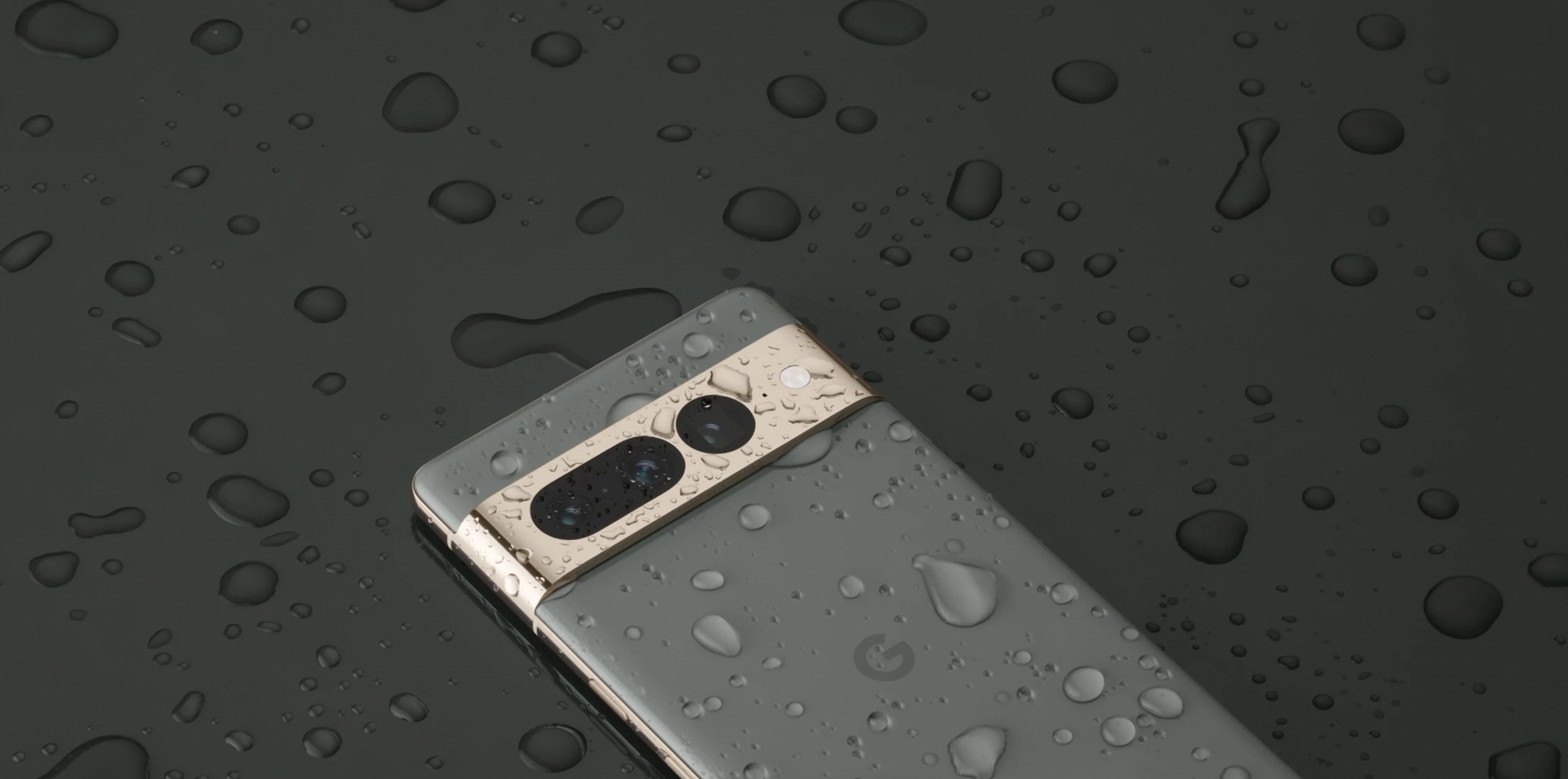Google Unveils New Pixel 7 and Pixel 7 Pro Smartphones
Google has unveiled the Pixel 7 and Pixel 7 Pro smartphones. The devices are equipped with the second-generation Tensor chipset, which was created exclusively for Google. The new Pixel 7 phones, which come with a custom SoC, have some updated features from the Pixel 6 as well as a few new ones.
The lenses on the back camera module stick out more from the outer plate, which is now made of metal rather than glass, giving it a somewhat distinct appearance. The rest of the rear panel seems to offer the same level of protection as previously, and the hump is still present. Both phones are IP68-protected, so no worries about using either one in clear water for up to 30 minutes down to depths of one meter.
The 6.7-inch LPTO AMOLED display on the Pixel 7 Pro has the same resolution (3120 x 1440) and variable refresh rate (10 to 120Hz). Nevertheless, the Pixel 7’s 6.3-inch AMOLED (2400 x 1080) screen and 90Hz refresh rate are underwhelming for a phone of this size. Only rigorous testing will confirm Google’s claims that these panels have a 25% higher peak brightness and a better fingerprint sensor this time around.
Both devices are powered by Google’s Tensor G2, which uses the company’s second-generation processor. The system-on-a-chip (SoC) is essential to almost everything modern phones perform and has a direct bearing on the modes in which the cameras may take pictures. Additionally, it has to do with the new face unlock functionality made possible by the 10.8-megapixel front camera.
Both phones have storage options of 128GB or 256GB, however, the 7 Pro has more RAM (12GB compared to the 7’s 8GB), which is less than the Pixel 6’s (12GB). The Pixel 7 will have a 4355mAh battery, while the Pixel 7 Pro will have the same 5,000mAh battery.
Although the Pixel 7 series smartphones so far resemble those of the Pixel 6 series, the Tensor G2 offers notable photography system upgrades despite having hardware from a year ago. The two rear cameras on the Pixel 7 are identical to those on the Pixel 6: a 50MP Type 1/1.31 (9.8 x 7.4mm) main camera with a 25mm equivalent F1.9 lens and a 12MP ultra-wide camera with a Type 1/2.9 (5 x 3.75mm) sensor. Google claims that software updates will result in improved Night Sight color processing, 10-bit HDR video, a new Cinematic Blur video option, increased stability, and improved noise reduction.
The Pixel 7 Pro has a 48MP telephoto camera with a Type 1/2.55 (5.6 x 4.2mm) sensor in addition to the same 50MP primary camera and 12MP ultra-wide camera (125-degree instead of 114-degree). The telephoto zoom on the 6 Pro was limited to 4x, but the 7 Pro’s zoom can reach 5x. It provides a 10x digital zoom by just utilizing the center of the 48MP sensor. Additionally, the Pixel 7 Pro has a unique macro focus capability.
There are 10.8MP front-facing cameras on both smartphones. The Google Pixel 7 regular now has a front camera, which was previously only available on the Google Pixel 6 Pro.
A new function called Photo Unblur, which accompanies an enhanced Face Unblur feature, is present on both devices. Machine learning is used by Photo Unblur to eliminate blur brought on by camera or subject movement. Even photographs that are accessed from the newest smartphones through Google Photos can be processed on-device. This implies that you might be able to enhance outdated images taken with different cameras and smartphones.
On October 13, Google will introduce both phones. Starting prices for the Pixel 7 and Pixel 7 Pro are $599 and $899, respectively.

